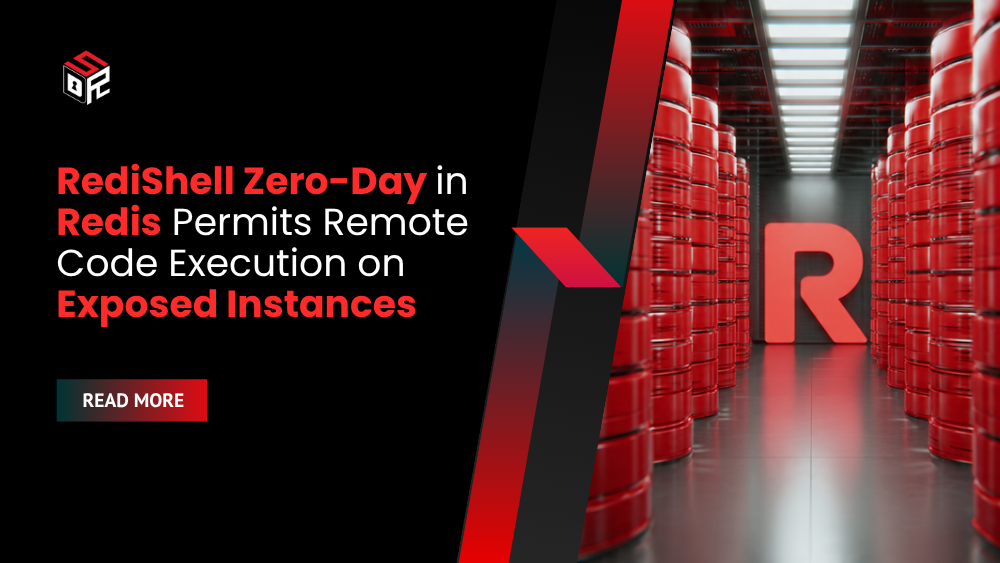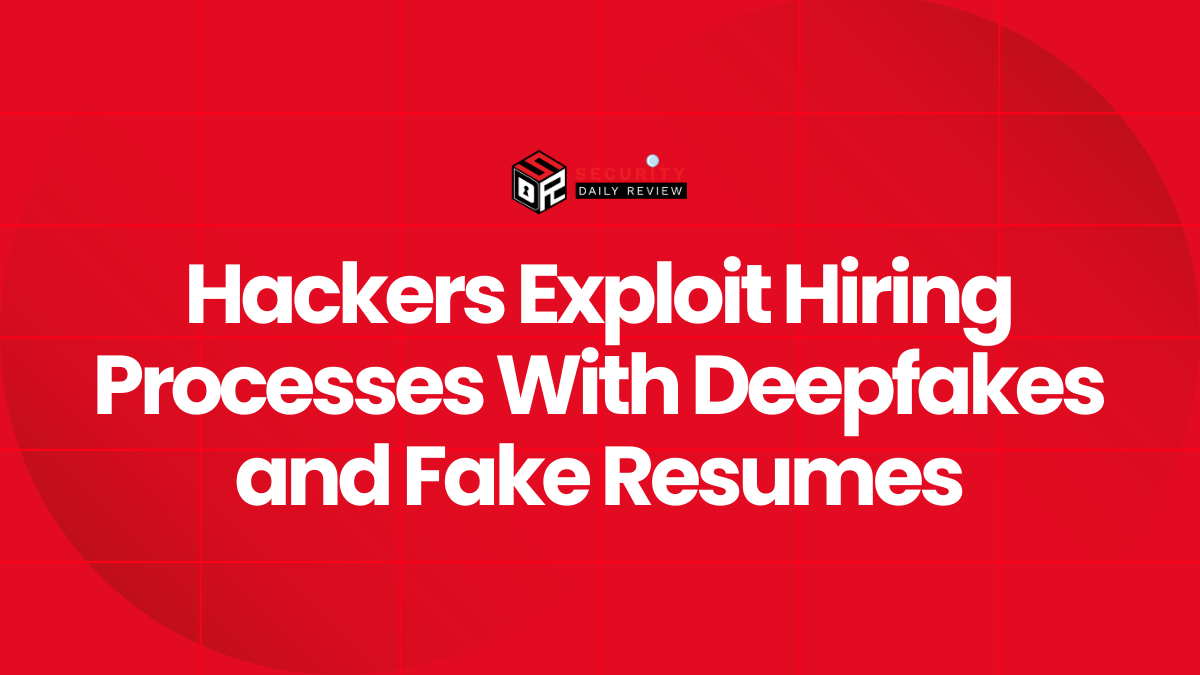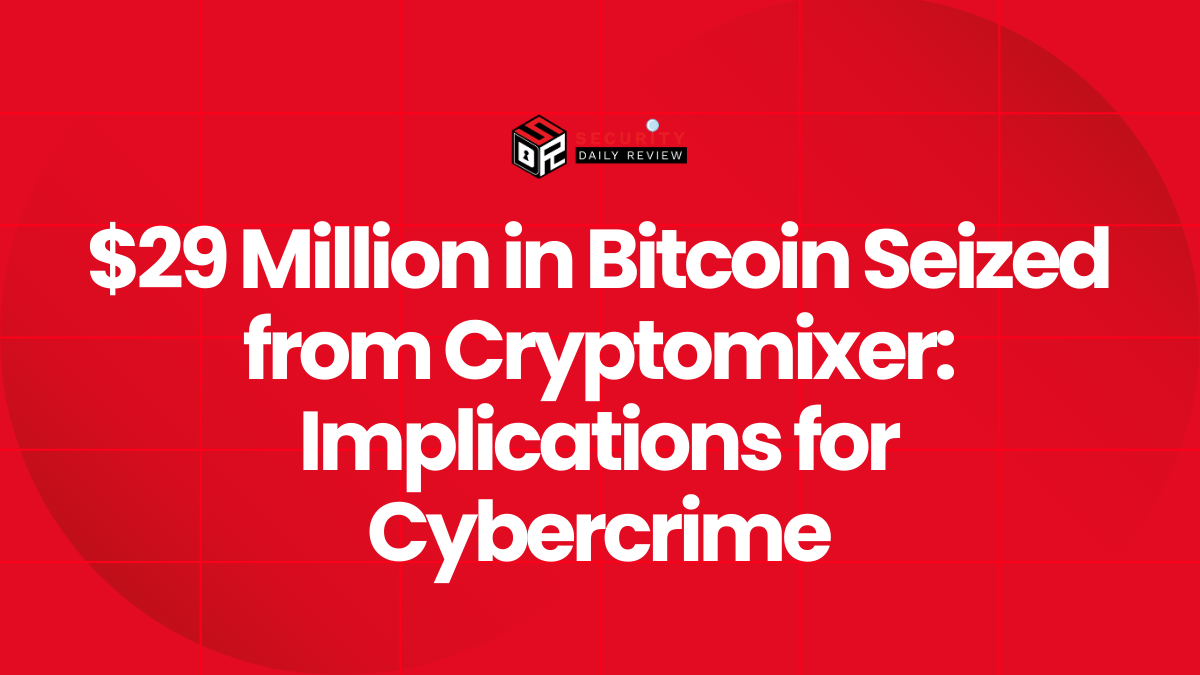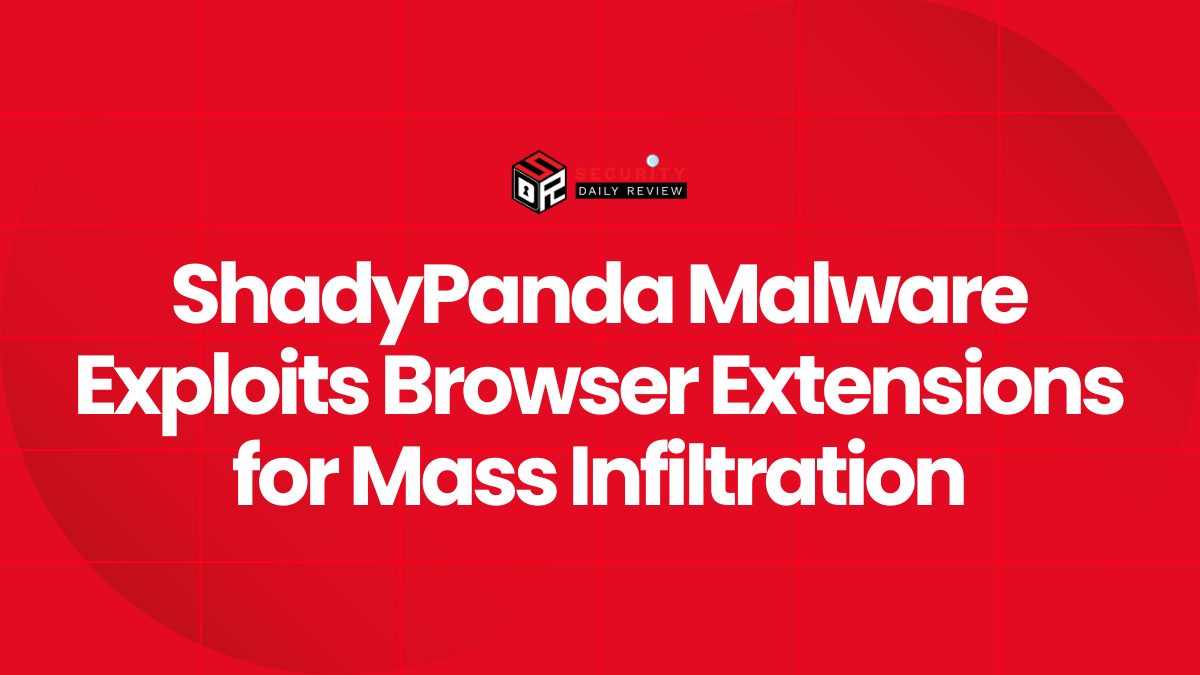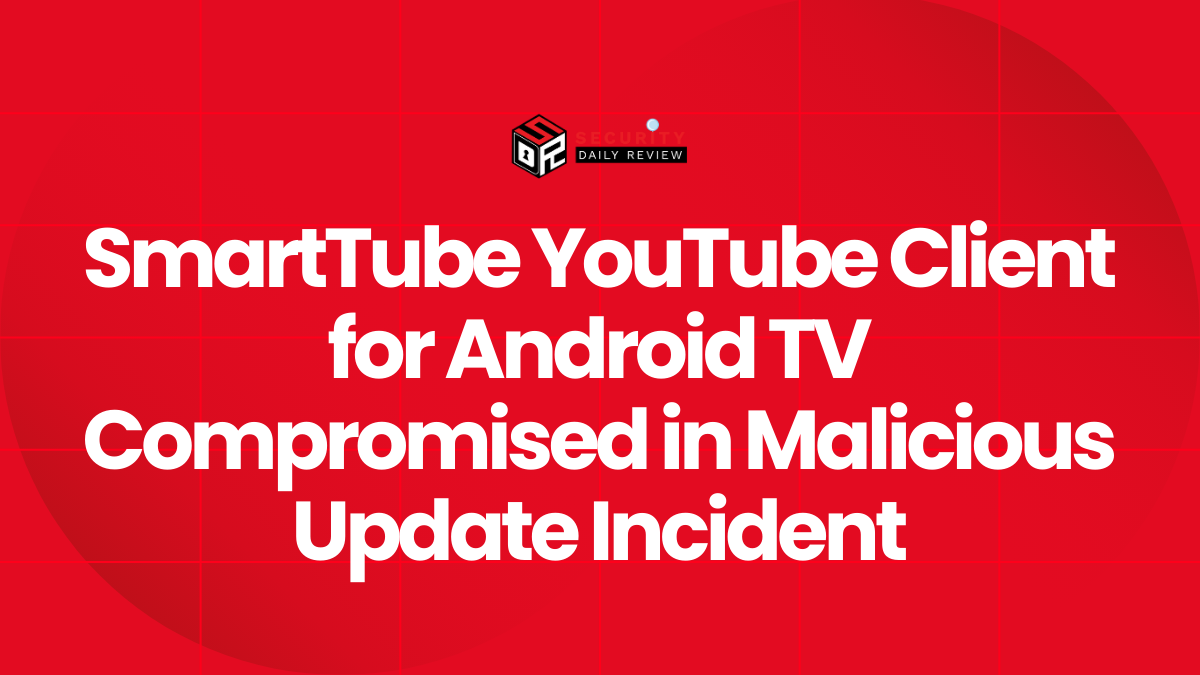Redis maintainers and security researchers have issued emergency patches for a critical zero-day vulnerability—tracked as CVE-2025-49844—that permits remote code execution on vulnerable Redis servers. The flaw, which researchers named RediShell, stems from a long-standing use-after-free defect in the Redis codebase and can be triggered by a specially crafted Lua script when an attacker has authenticated access to the instance.
Redis is an in-memory data structure store widely used as a database, cache and message broker across cloud environments. Administrators rely on Redis for high-performance workloads, but its ubiquity and common default configuration settings have left a large number of instances exposed to remote exploitation.
“This grants an attacker full access to the host system, enabling them to exfiltrate, wipe, or encrypt sensitive data, hijack resources, and facilitate lateral movement within cloud environments.”
RediShell Vulnerability Details
The vulnerability is a use-after-free condition rooted in the embedded Lua interpreter that Redis ships and enables by default. An authenticated actor who can submit Lua scripts to a running Redis server may escape the Lua sandbox, trigger the use-after-free, and execute arbitrary code on the host. Successful exploitation can yield a reverse shell and persistent access with the privileges of the Redis process, and in many deployments that could equate to system-level control.
Researchers who disclosed the issue reported that exploitation allows attackers to steal credentials, deploy malware or cryptomining tools, extract sensitive data from Redis, and pivot to other systems within a compromised network. The flaw affects all Redis versions because it originates in the underlying Lua interpreter integration rather than an isolated module.
Security teams that examined internet-exposed telemetry identified hundreds of thousands of Redis instances reachable from the public internet, with a substantial portion configured without authentication. Estimates from active scans indicate roughly 330,000 Redis instances are externally accessible, and analysts flagged at least 60,000 of those as lacking authentication controls—conditions that dramatically increase the pool of vulnerable targets.
The vulnerability was publicly demonstrated during a security competition and subsequently reported to the Redis maintainers. The research team assigned the RediShell name to the exploit chain and provided technical details and recommendations to administrators in coordination with the vendor release.
Immediate Mitigation Steps, Patch Guidance
Redis and the security researchers issued coordinated advisories urging administrators to apply the security updates released for affected Redis versions immediately. Patching is the primary remediation; operators are advised to prioritize instances that are directly exposed to the internet.
Where immediate patching is not feasible, administrators should adopt compensating controls to reduce exposure risk:
- Enable authentication for Redis instances and require strong credentials.
- Disable Lua scripting if the feature is not required for application logic.
- Run Redis under a non-root account to limit the privileges an exploited process can attain.
- Restrict network access with firewall rules and virtual private cloud configurations so only trusted hosts may connect.
- Enable and centralize logging and monitoring for Redis, with alerting on anomalous command patterns and unexpected script submissions.
- Implement network segmentation and least-privilege access to reduce lateral movement opportunities after host compromise.
- Rotate and vault any credentials stored in Redis, and review access tokens and secrets for potential exposure.
Operators should also scan internal code repositories for scripts or automation that rely on Lua execution and evaluate alternatives that avoid enabling script execution on production instances.
Security teams emphasized that the vulnerability requires authentication before exploitation, but the prevalence of unauthenticated instances and exposed management endpoints makes the attack vector practical for opportunistic and targeted threat actors alike. Historical campaigns have seen botnets and opportunistic actors install cryptominers and backdoors on unpatched Redis servers, reinforcing the urgency of rapid remediation.
Key Redis Exposure Indicators
| Indicator | Approximate count / guidance |
|---|---|
| Internet-exposed Redis instances | 330,000 (approx.) |
| Exposed instances without authentication | 60,000+ (approx.) |
| Vulnerability identifier | CVE-2025-49844 (RediShell) |
| Primary exploitation requirement | Authenticated Lua script execution |
| Immediate mitigation | Apply vendor patches; disable Lua if unused |
Operators should treat the figures in the table as indicative of scale rather than exhaustive counts; actual exposure will vary by region, provider and organizational configuration.
“With hundreds of thousands of exposed instances worldwide, this vulnerability poses a significant threat to organizations across all industries,” researchers warned, urging immediate remediation.
Industry observers noted that the RediShell disclosure reaffirms persistent configuration weaknesses in cloud deployments—default-enabled features, insufficient authentication and scattered secrets management. Past intrusion campaigns against Redis servers have included the deployment of cryptomining malware and ransomware modules, demonstrating real-world incentives for exploitation.
Forensics teams advising incident response efforts recommend organizations search for indicators of compromise including unusual Lua script activity, unexpected process spawns from the Redis process, network connections to unfamiliar hosts originating from Redis servers, and unexpected persistence mechanisms created near the time of vulnerability disclosure. Organizations that detect suspicious artifacts should assume post-compromise activity is possible and execute containment, eradication and recovery workflows.
Redis maintainers and the reporting researchers continue to publish technical guidance and detection indicators to assist administrators in validating patch application and in performing retrospective investigations. Given the widespread use of Redis in cloud services, the community response emphasizes coordinated patching, tighter defaults, and improved observability to reduce the attack surface for future critical flaws.

